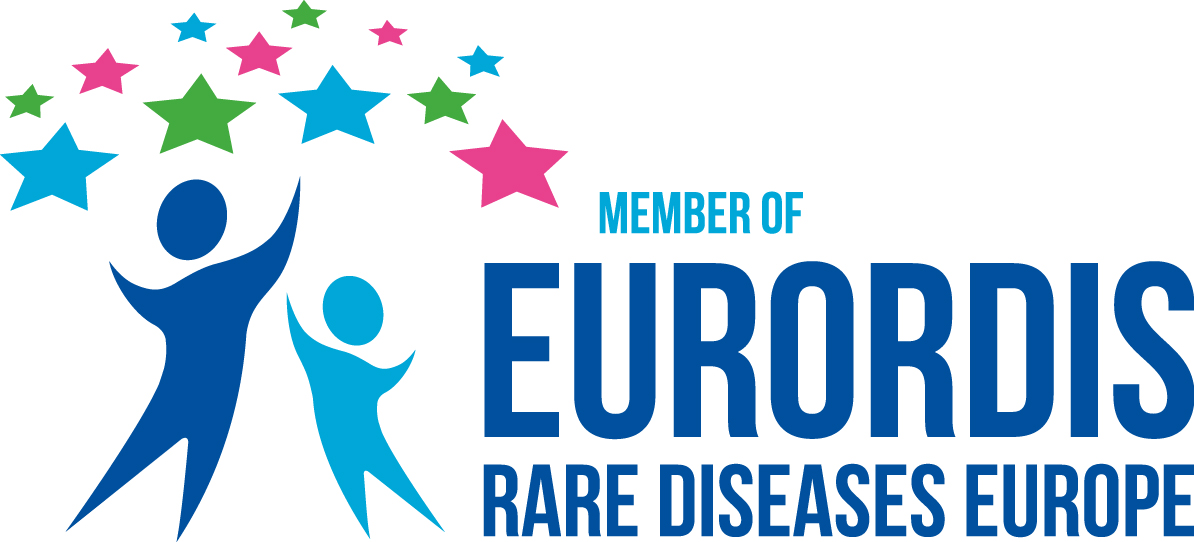SUPERFICIAL SIDEROSIS CLINICAL FEATURES
Management of the progressive underlying symptoms and clinical features forms the bedrock of clinical care for patients diagnosed with Superficial Siderosis (SS). This complex neurological disorder is characterized by the deposition of hemosiderin in the central nervous system, leading to a wide array of secondary symptoms.


- Patients may require protracted periods for medication titration.
- Post-surgical procedures, anesthesia, infections, or severe illness may require extended recovery.
- Long-term oral anticoagulation therapy before surgical closure of the hemorrhagic source can serve as a contributing and potentially causative factor.
- Neurosurgical intervention to halt fresh heme influx into the CNS is the primary method of interrupting hemosiderin deposition.
Comprehensive List of Clinical Features
Management of the progressive underlying symptoms and clinical features forms the bedrock of clinical care for patients diagnosed with Superficial Siderosis (SS). This complex neurological disorder is characterized by the deposition of hemosiderin in the central nervous system, leading to a wide array of secondary symptoms.
Neurological
- Anisocoria: Disparity in pupil size, potentially affecting visual function.
- Ataxia: Impaired coordination and voluntary muscle movement.
- Cerebellar Dysarthria: Speech articulation difficulties stemming from cerebellar dysfunction.
- Craniospinal Hypotension: Reduced pressure within the cranial and spinal compartments.
- Dysdiadochokinesia (DDK): Impaired ability to perform rapid, alternating movements.
- Myelopathy: Spinal cord dysfunction leading to various motor and sensory deficits.
- Neuropathy: Peripheral nerve damage, often presenting with numbness or weakness.
- Nystagmus: Involuntary rhythmic oscillation of the eyes.
Sensory
- Anosmia: Complete or partial loss of the sense of smell.
- Diplopia: Perception of double images, commonly known as double vision.
- Hearing Loss: Ranging from mild impairment to complete loss of auditory function.
- Phantosmia: Perception of phantom odors.
- Tinnitus: Auditory perception of ringing or buzzing without external stimuli.
Cognitive and Psychiatric
- Behavior and Mood Disorders: Including personality changes and mood instability.
- Cognitive Impairment: Difficulties in thinking, learning, and memory functions.
- Dementia: Progressive decline in cognitive function beyond normal aging.
- Depression: Clinical depression requiring psychiatric intervention.
- Executive Thought Dysfunction: Impaired planning, organization, and strategizing.
- Short Term Memory Loss: Impaired ability to recall recent information.
- Visual Recognition and Recall Memory Deficits: Including facial and object recognition.
Motor and Autonomic Dysfunction
- Dysphagia: Swallowing difficulties, potentially leading to aspiration risk.
- Fatigue: Chronic and debilitating tiredness.
- Gait and Balance Disorders: Including wide-based gait from ataxia.
- Hyperreflexia: Overactive autonomic reflexes.
- Motor Skill Impairment: Including fine and gross motor dysfunction.
- Spasticity: Muscle stiffness and rigidity.
Genitourinary and Gastrointestinal
- Neurogenic Bladder Dysfunction: Bladder control impairment.
- Neurogenic Bowel Dysfunction: Altered bowel control and function.
- Pseudo Sciatica: Sciatica-like pain without a discernible cause.
- Sexual Dysfunction: Including issues with desire, response, and orgasm.
Other Clinical Features
- Headache: Various types, potentially related to craniospinal hypotension.
- Neurological Reserve Reduction: Diminished ability of the nervous system to withstand neurological insults.
The multifaceted nature of SS necessitates a comprehensive and multidisciplinary approach to care. Individualized treatment plans must be developed to address each patient’s specific constellation of clinical manifestations. Ongoing research and collaboration among specialists are vital to advancing our understanding and management of this complex disorder.



